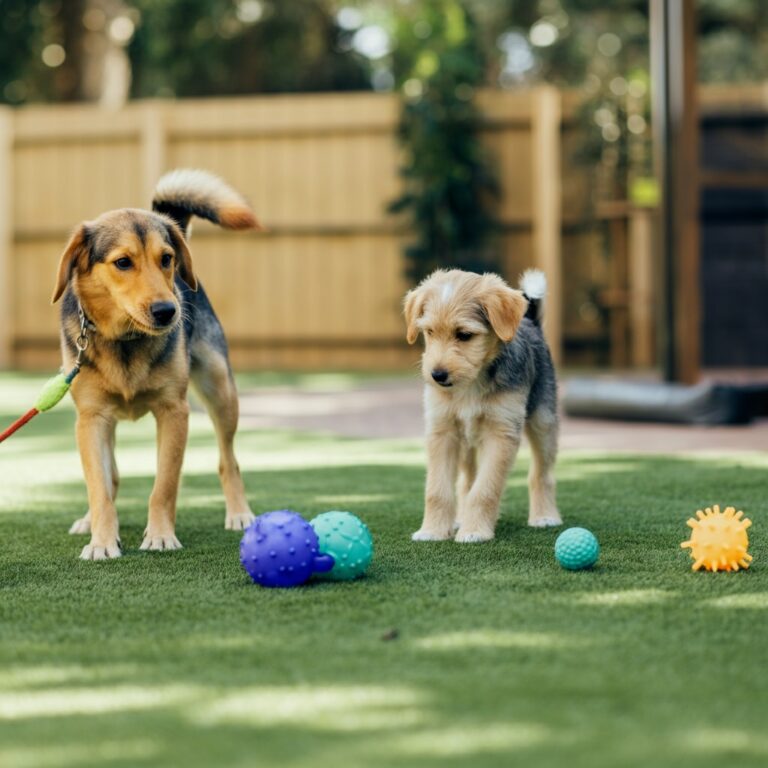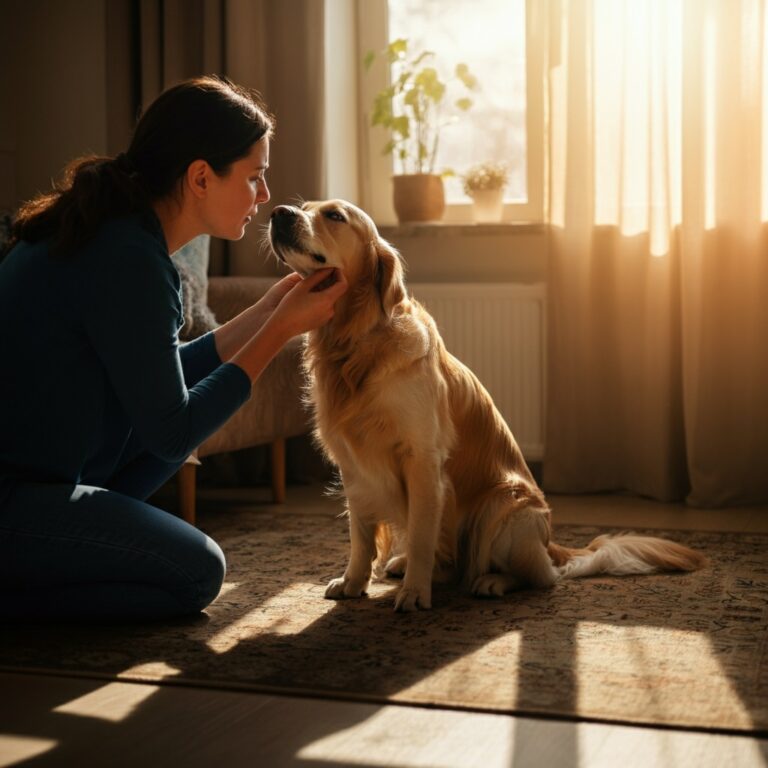
Introduction
Labradoodles, the lovable cross between Labradors and Poodles, are stealing hearts in 2025. With their hypoallergenic coats and friendly demeanor, they’re topping lists as the ultimate family dog. Whether you’re a busy parent or a pet newbie, this breed’s versatility makes it a standout. Let’s explore why Labradoodles are trending, their unique traits, and how to care for one.
The Labradoodle’s Rise to Fame
Labradoodles were bred in the 1980s for service roles, but in 2025, they’re a social media darling. X posts with #LabradoodleLove2025 show off their curly coats and playful antics, driving adoption rates up 20% (per AKC data). Their mix of Labrador’s warmth and Poodle’s smarts makes them ideal for families, singles, and seniors alike. I met a Labradoodle named Max at a park, and his energy was contagious!

Key Traits of Labradoodles
Labradoodles come in three sizes—standard, medium, and miniature—fitting any home. Their coats (curly, wavy, or fleece) shed minimally, a boon for allergy sufferers. They’re intelligent, ranking in the top 10 for trainability, per Stanley Coren’s studies. Their friendly nature suits kids, but they need daily exercise—think 30-minute walks. My neighbor’s Labradoodle, Luna, loves fetch, and it’s a great bonding activity.
Caring for Your Labradoodle
Grooming is key—brush weekly to prevent matting, and budget $50-$100 for professional trims every 6-8 weeks. Feed them high-quality kibble (e.g., Royal Canin) tailored to their size; my friend swears by grain-free for her doodle’s sensitive stomach. Exercise is non-negotiable—aim for 60 minutes daily, split between walks and play. Training? Start early with positive reinforcement; Labradoodles pick up commands fast.
Continues after advertising
Health Considerations
Labradoodles are generally healthy but prone to hip dysplasia and ear infections. Regular vet checkups (twice yearly) catch issues early. Pet insurance, averaging $30/month, is a smart move. I learned this after a friend’s doodle needed $2000 surgery for a joint issue. Vaccinations and flea control are musts, especially if they’re park regulars. Check ASPCA’s health guides for breed-specific tips.

Why They Fit Families
Their gentle temperament makes Labradoodles kid-friendly. They’re patient with toddlers and love playtime. They also get along with other pets—my cousin’s Labradoodle coexists happily with her cat. In 2025, families are choosing them for their adaptability; they thrive in apartments or houses. X fans share stories of Labradoodles comforting kids during tough times, proving their emotional intelligence.
Challenges of Owning a Labradoodle
They’re not perfect. Labradoodles can be high-energy, demanding attention—if ignored, they might chew shoes! Training consistency is crucial; their smarts mean they’ll test boundaries. Cost is another factor—puppies range from $1500-$3000. I’ve seen X debates about ethical breeding; always choose reputable breeders over puppy mills to avoid health issues.
Getting Started with a Labradoodle
Ready to adopt? Check shelters first—Labradoodle rescues are rising in 2025. If buying, research breeders via the Australian Labradoodle Association. Join X communities like #DoodleParents2025 for tips and breeder recs. Start with basic supplies: a crate, leash, and toys (Kong’s great for chewers). My first week with a foster doodle was chaos until I set a routine—structure is key!
Conclusion
Labradoodles are 2025’s family dog superstars, blending charm, brains, and low-shedding coats. They’re not low-maintenance, but their love makes it worth it. Whether you’re adopting or buying, dive into the Labradoodle craze on X, grab a leash, and welcome your new best friend.






